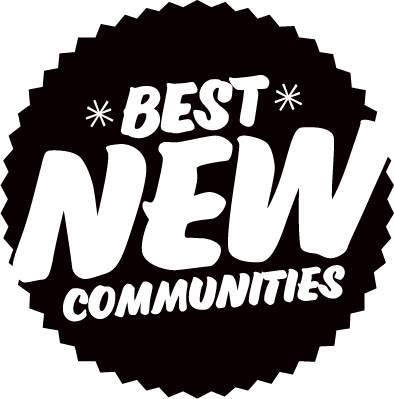“I think the south side, from the east all the way to the west, just has a lot of land supply relative to the north or the northeast,” he says. “And it opens up opportunities for existing Edmontonians, but also new Canadians, to start new communities. I think that’s a part of it. There are these mini communities that start to develop critical mass.”
So, with a lot of land available, that means house prices in Edmonton remain lower than any other major city in Canada. And this means it attracts a lot of people who are new to the city, many of them new to the country. As these immigrant communities build, they attract more people from similar backgrounds. If you have come to Canada from India, you want to establish yourself in a place where you can hear your mother tongue, have stories that are relatable to your neighbours, and find familiar foods in the local restaurants and shops.
“People want to go where they have familiarity, people want to be near their people,” says Keating.
White Urbanism vs Diverse Suburbanism
The City of Edmonton has an anti-racism mission statement. It reads that it “brings our community together to improve equity, end poverty, eliminate racism and make clear progress toward Truth and Reconciliation. We acknowledge that this is complex and multifaceted work and are developing a number of different approaches to address that complexity head on. Together, we will create a City — a home — where every individual, in all their unique diversity, belongs.”
What does this have to do with development in the south? A lot. And it’s an elephant in the room that needs to be discussed.
There is no doubt a lot of anti-suburban, anti-sprawl sentiment in our media, in podcasts, in City Hall itself. But, a lot of the strong urbanist voices are… white and male (like the writer of this article). Yet, the truth is, a lot of racialized people choose to live in new homes in the burbs.
“I think it is part of the Canadian-slash-American dream,” says Kohl. “You want to have a tremendous quality of life here. It’s about the ability to be able to afford to buy a home here, enter home ownership, have a small yard and have that community around you.”
